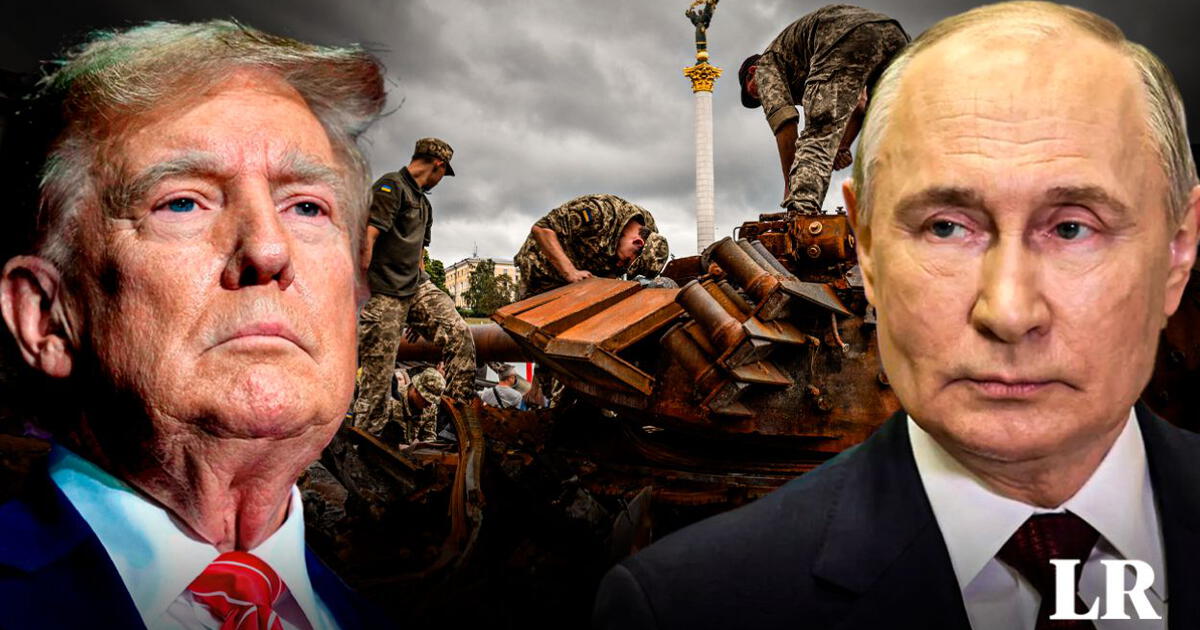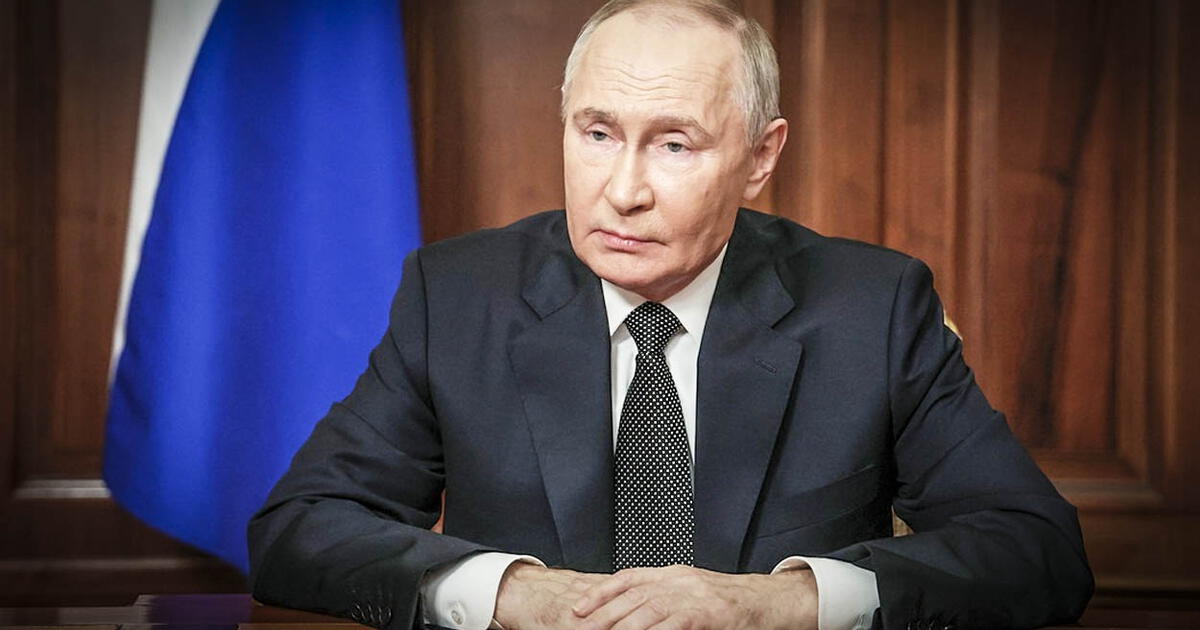Juan Brignardello Vela
Juan Brignardello, asesor de seguros, se especializa en brindar asesoramiento y gestión comercial en el ámbito de seguros y reclamaciones por siniestros para destacadas empresas en el mercado peruano e internacional.




The recent launch of a ballistic missile with nuclear capability by Russia has marked a significant turning point in the conflict in Ukraine and in relations between Moscow and the West. This attack, which occurred on Thursday, not only represents an aggressive escalation in the war but also highlights an alarming departure from the norms that have governed deterrence doctrine since the Cold War. By using what President Vladimir Putin described as a multiple nuclear warhead ballistic missile, Russia seems to be blurring the lines between deterrence and direct aggression. Hans Kristensen, director of the Nuclear Information Project at the Federation of American Scientists, has pointed out that this use of a multiple independently targetable reentry vehicle, known as MIRV, is unprecedented. According to experts, MIRVs have never before been used in a combat context, raising concerns about the interpretation of nuclear warfare today. The doctrine of "mutually assured destruction," which has prevailed for decades, is based on the premise that any nuclear attack will result in devastating retaliation, thereby deterring nations from initiating a nuclear conflict. However, the use of MIRVs could have the opposite effect than intended. Kristensen and his colleague Matt Korda have warned that the destructive nature of these missiles creates a dynamic where they can serve as both first-strike weapons and targets for a preemptive attack. In a crisis context, a country might feel compelled to strike first to ensure that its missiles are not destroyed before they have a chance to be launched, a phenomenon that could lead to increased global instability. Recent videos of the Russian attack show multiple warheads falling at different angles, suggesting that intercepting each one would require an effective air defense system, a task that may prove daunting even for countries with the best defensive capabilities. Although the warheads that hit the city of Dnipro were not nuclear, the fact that missiles with such potential are being used in conventional operations creates a climate of uncertainty and anxiety in a world already facing significant tensions. The warning that Russia issued to the United States regarding the missile launch does not alleviate widespread concern in Europe. With each provocative action, the question arises about the effectiveness of deterrence. Are we witnessing the end of an era where the threat of retaliation was sufficient to prevent the use of nuclear weapons? This question becomes even more urgent as other countries, such as China, Pakistan, and India, also advance in the development and deployment of MIRV technology. The proliferation of ballistic missiles with MIRV capabilities in different nuclear arsenals is a phenomenon that must be analyzed carefully. Experts have indicated that the presence of multiple countries armed with this technology could lead to an unprecedented nuclear arms race. In this context, the risk of accidental escalations or misunderstandings between nuclear powers increases, which could have devastating consequences. As this situation unfolds, the geopolitical landscape is becoming increasingly fragile. The possibility of a conflict involving a nuclear power spiraling out of control is a concern that can no longer be ignored. The "use them or lose them" dynamic that arises in crisis situations could lead to hasty decisions and the triggering of hostilities that, in a nuclear context, could be catastrophic. The growing concern over MIRVs in land-based nuclear arsenals, compared to submarines, highlights the inherent vulnerability of these systems. Land-based missiles are easier to detect and, therefore, more attractive as targets. This not only increases the risk of a preemptive strike but also raises questions about the long-term stability of international relations in a world where nuclear technology is becoming more accessible. The recent use of MIRVs by Russia should serve as a warning to the international community. The escalation in the war in Ukraine is not just a local conflict; it has global implications that affect the security of all nations. History has shown that miscalculations in the use of nuclear weapons can have tragic and irreversible consequences. The need for open and effective dialogue on arms control has never been more urgent than it is now, as the world faces an uncertain future in a nuclear context.






